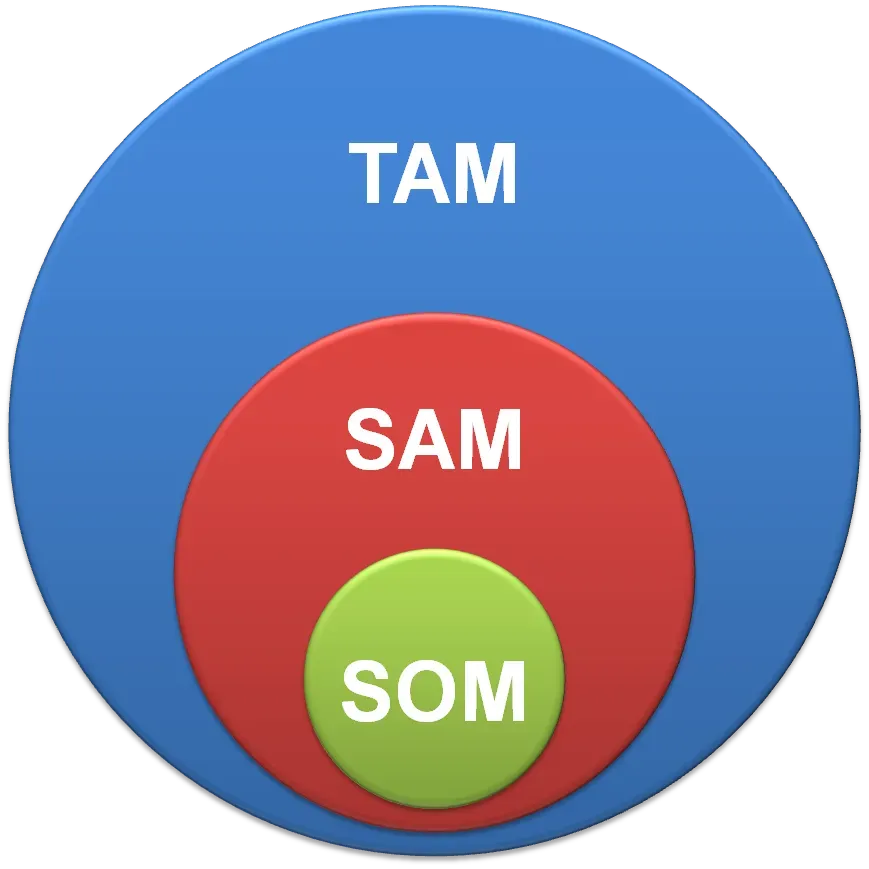Factors to consider when sizing new partnership opportunities

Before you invest time and resources into a new partnership or initiative, it's important to size the opportunity carefully.
Here are a few things to keep in mind:
Assume a low conversion rate
When sizing the potential revenue from a new partnership, it's important to assume a low conversion rate. This is especially true if you're working with a new partner or targeting a new market.
For example, if you're launching a joint marketing campaign with a new partner, you might assume a conversion rate of 1% or 2%. This means that for every 100 people who see your campaign, 1-2 people will actually sign up for your new product or service.
Assume smaller customers will be early adopters
When you're first launching a new partnership initiative, it's likely that your early adopters will be smaller customers. This is because smaller customers are typically more willing to take risks and try new things.
As your program grows and matures, you'll start to attract larger customers. But when you're sizing the opportunity, it's important to be realistic about the size of your early customers.
Be cautious about using "averages" for planning and analysis
It's important to be cautious about using averages. This is because averages can be misleading, especially when you're dealing with small sample sizes.
For example, if you look at the average customer value for your existing customers, it might be $10,000/month. But if your new partnership is targeting a different market, the average customer value might be much smaller.
It's better to use a range of values when sizing a new partnership opportunity. This will give you a more realistic idea of the potential upside and ROI.
Consider seasonality
SaaS products themselves are not seasonal, but customer demand may be stronger or weaker in different seasons. An example is a reduction in demand during the summer holiday period, which re-accelerates during Fall and Winter.
Any offer needs to beat customer inertia
In order to be successful, any partnership offer needs to beat customer inertia. This means that your offer needs to be so compelling that people are willing to change their behavior and take action quickly.
When sizing a new partnership opportunity, ask yourself: "Is our offer so compelling that people will be willing to change their behavior and take action quickly?" If the answer is no, then you need to rethink your offer.
Audit the channels you will be competing with
This means understanding the different ways that people are currently finding and using your products or service.
This can include your websites, cloud marketplaces, discount sites, resellers, etc.
Once you understand the full landscape, you can start to identify opportunities to differentiate your partnership offer. For example, if you're partnering with a new GTM partner, you need to make sure that your offer is different and better than what other businesses are offering on that channel.
Regardless of the data, is this a "should do" initiative?
Even if the data looks worse than expected, it's important to ask yourself whether a new partnership is a "should do" initiative. This means considering your overall business strategy and goals.
There are certain programs that just should be started, even if you have data which says otherwise.
Conclusion
Sizing a new partnership opportunity can be complex. But by following the tips above, you can get a more accurate idea of the potential upside and downside of the partnership. This will help you make a more informed decision about whether or not to invest in the partnership.
"If all the economists were laid end to end, they’d never reach a conclusion" - George Bernard Shaw
If you found this useful, please share it. 🙏